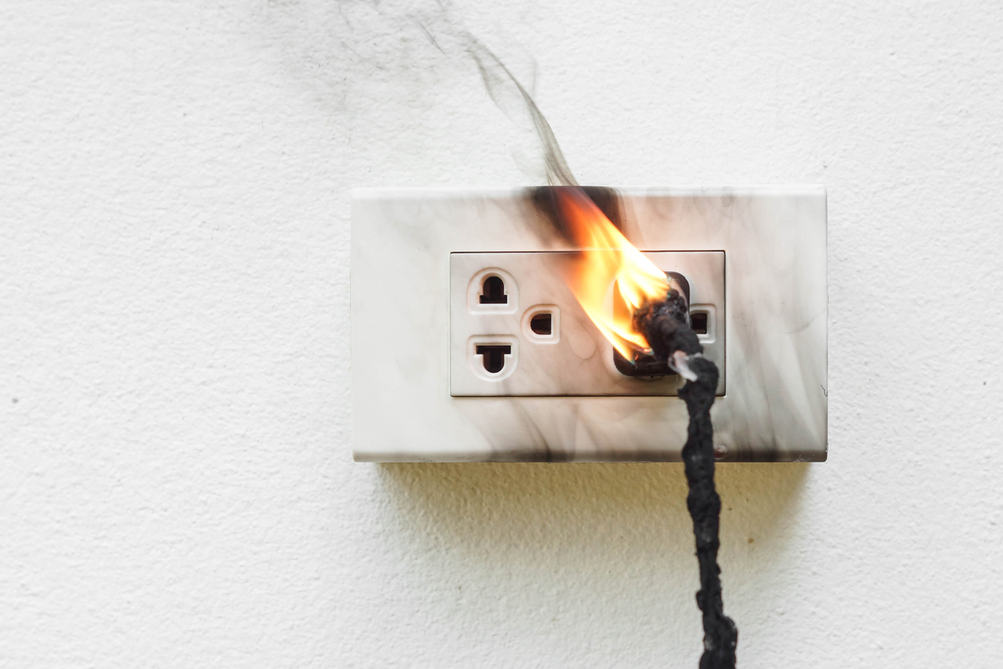Portable generators are invaluable tools during power outages, providing essential electricity for homes and businesses. However, their improper use can lead to serious hazards. This quick guide will walk you through crucial safety tips to ensure you operate your portable generator safely and effectively.
Understanding Generator Hazards
Before diving into safety practices, it’s essential to understand the basics of portable generators and the potential risks they pose. The primary hazards associated with portable generators include:
- Carbon Monoxide Poisoning: Generators produce deadly carbon monoxide gas, which is odorless and colorless.
- Electrical Shock: Improper handling can lead to severe electrical injuries.
- Fire Risks: Fuel mishandling or overheating can cause fires.
- Noise Hazards: Prolonged exposure to generator noise can damage hearing.
Understanding these risks is the first step in preventing accidents and ensuring safe operation.
Proper Generator Placement and Installation
The location of your generator is critical for safe operation. Always operate generators outdoors, at least 20 feet away from buildings, windows, and doors. Ensure proper ventilation to prevent the buildup of carbon monoxide. Never use a generator in an enclosed space, including garages, basements, or crawl spaces, even with the doors and windows open.
When setting up your generator, protect it from the elements using a canopy or generator tent designed for this purpose. This protection helps maintain performance and prevents electrical hazards from rain or snow.
Carbon Monoxide Safety
Carbon monoxide (CO) poisoning is the most severe risk associated with generator use. To protect against this silent killer:
- Never operate a generator indoors or in partially enclosed spaces.
- Install battery-operated CO detectors in your home, especially near sleeping areas.
- Know the symptoms of CO poisoning, which include headache, dizziness, weakness, nausea, vomiting, chest pain, and confusion.
If you suspect CO poisoning, move to fresh air immediately and seek medical attention.
Electrical Safety
Proper electrical handling is crucial when using a portable generator:
- Use heavy-duty, outdoor-rated extension cords that can handle the wattage of your devices.
- Avoid overloading the generator by calculating the total wattage of connected appliances.
- Ensure proper grounding of the generator according to the manufacturer’s instructions.
- Consider installing a transfer switch for safer and more convenient power distribution to your home’s electrical system.
Never plug a generator directly into a wall outlet, a dangerous practice known as backfeeding that can endanger utility workers and neighbors.
Fuel Safety
Safe fuel handling is essential for preventing fires and ensuring optimal generator performance:
- Store fuel in approved containers in a cool, dry place away from living areas.
- Allow the generator to cool before refueling to prevent fires.
- Use fuel stabilizers for long-term storage to prevent degradation.
- Never smoke or have open flames near the generator or fuel storage area.
Maintenance and Operation
Regular maintenance is key to safe and efficient generator operation. Implement a maintenance schedule for your portable generator that includes:
- Regular oil changes and filter replacements
- Spark plug checks and replacements
- Fuel system inspections
Before each use, conduct a pre-use inspection to ensure all components are in good condition. Follow safe starting and shutdown procedures as outlined in your generator’s manual. Periodic testing, ideally monthly, helps ensure your generator will work when needed and keeps you familiar with its operation.
Weather Considerations
Different weather conditions require specific precautions:
- In wet conditions, use a generator cover and operate on a dry surface under an open canopy.
- For cold weather operation, use winter-grade fuel and keep the generator warm between uses.
- In hot weather, ensure proper ventilation to prevent overheating and monitor oil levels closely.
Legal and Regulatory Compliance
Be aware of and comply with local regulations regarding generator use:
- Check local noise ordinances to ensure you’re operating within allowed hours.
- Some areas may require permits for generator installation, especially for permanent setups.
- Be mindful of environmental regulations regarding fuel storage and emissions.
Emergency Preparedness
Develop a generator safety plan for your household:
- Train all family members on safe generator operation and emergency procedures.
- Create a checklist for generator startup and shutdown.
- Have an emergency shutdown procedure in place and ensure everyone knows how to execute it.
Conclusion
Operating a portable generator safely requires attention to detail and a commitment to following best practices. Always follow the manufacturer’s instructions for your specific generator model. Safety should never be compromised for convenience. By understanding the risks, implementing proper safety measures, and maintaining your generator regularly, you can ensure a reliable power source during outages while keeping your family and community safe.

Leave a Reply